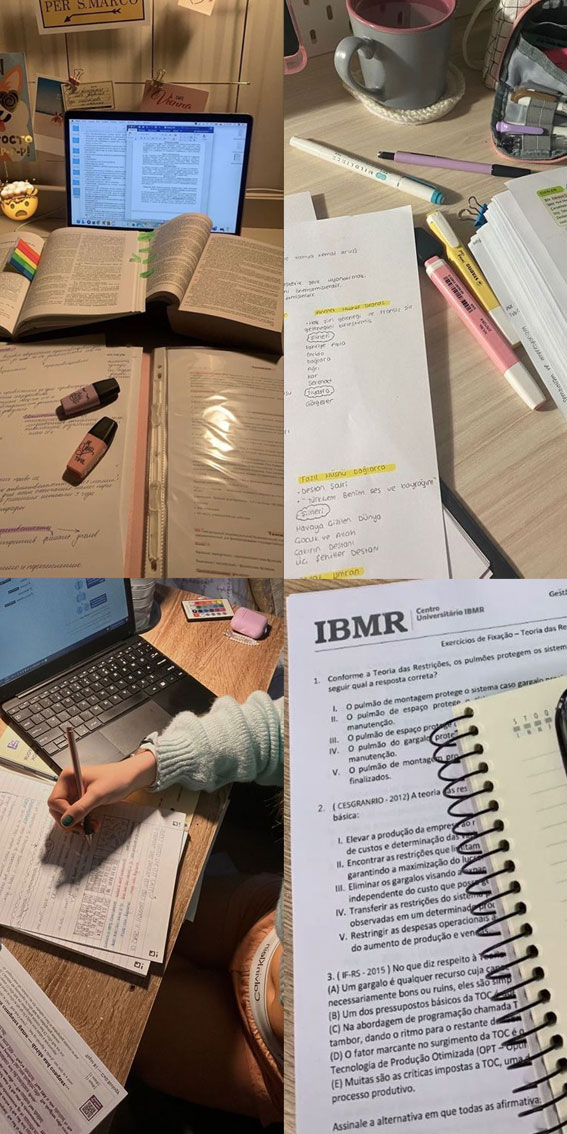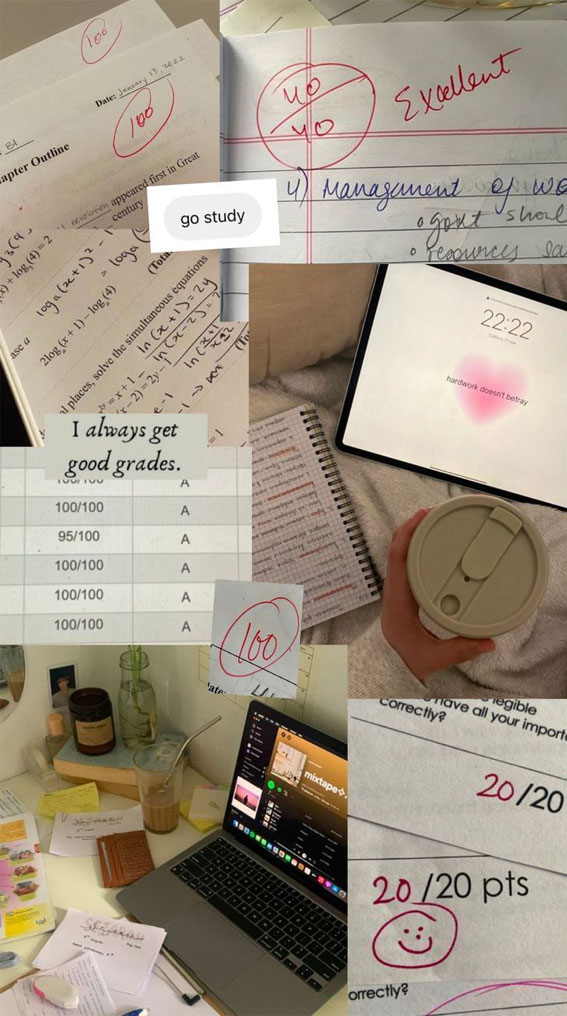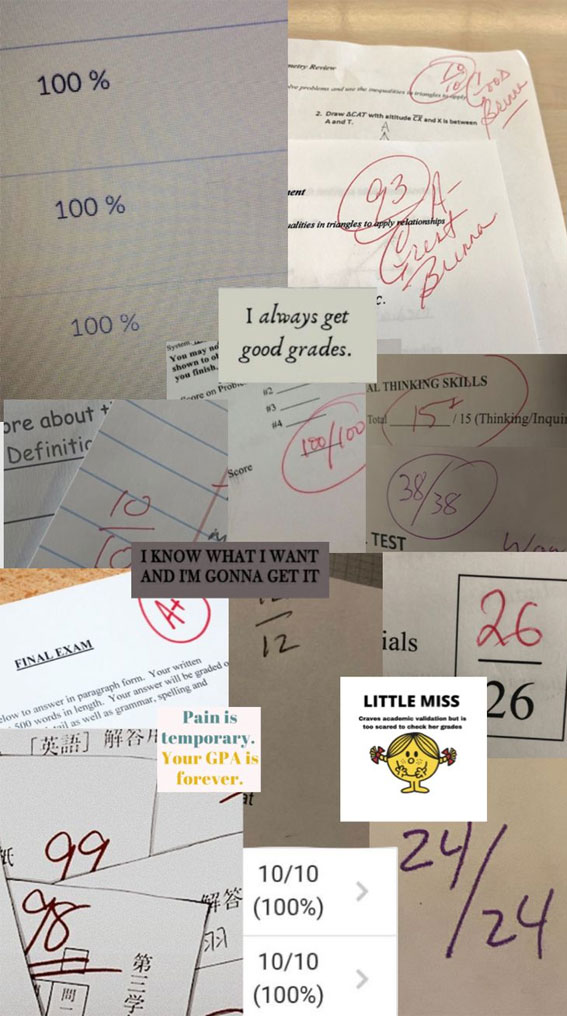17. Active Learning Techniques
Active learning techniques engage students in the learning process by encouraging them to participate, analyze, and apply knowledge actively. Here are some effective active learning techniques that you can incorporate into your study routine:
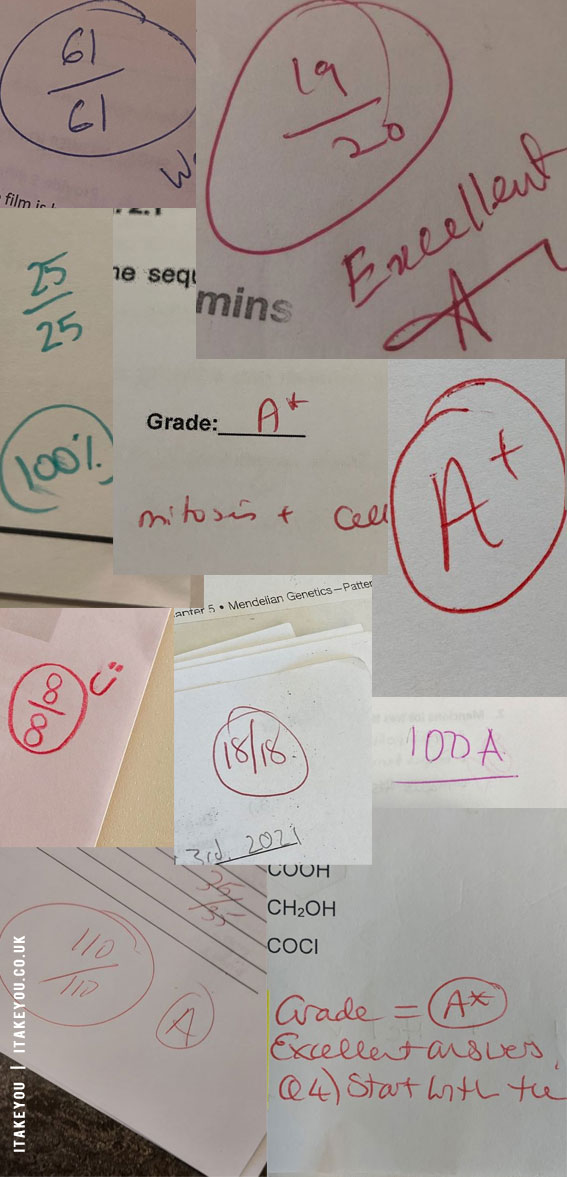
1. Peer Teaching: Explain concepts or problems to a study partner. Teaching material to others reinforces your understanding and allows you to identify gaps in your knowledge.
2. Group Discussions: Participate in group discussions where members share their insights and perspectives on a particular topic. Discussing ideas with peers promotes critical thinking and a deeper understanding of the material.
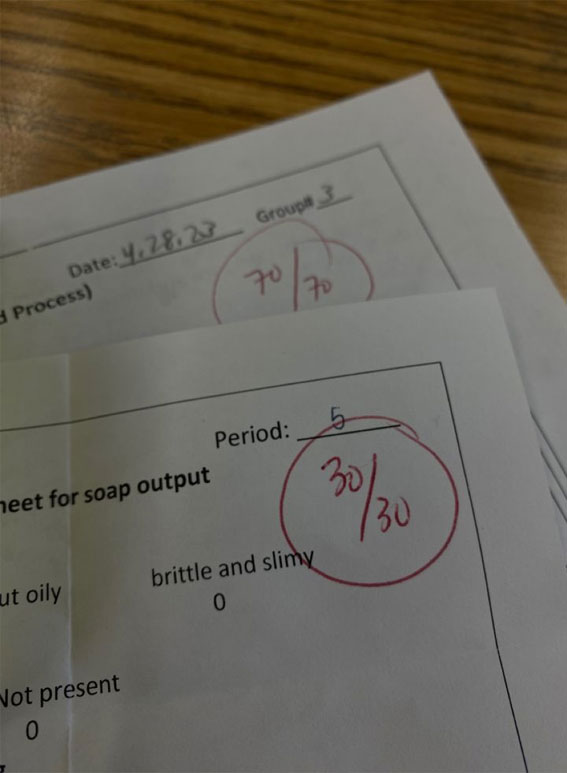
3. Problem-Solving Activities: Solve problems and apply concepts to real-world scenarios. This hands-on approach helps reinforce theoretical knowledge and enhances problem-solving skills.
4. Case Studies: Analyze case studies relevant to your coursework. Case studies provide practical examples and require critical thinking to apply theoretical concepts to specific situations.

5. Interactive Quizzes: Create or participate in interactive quizzes. Platforms like Kahoot! or Quizizz allow you to create quizzes that make learning fun and engaging.
6. Concept Mapping: Create concept maps to visually organize and connect key concepts. Concept mapping helps you see the relationships between different ideas and enhances your understanding of the subject.
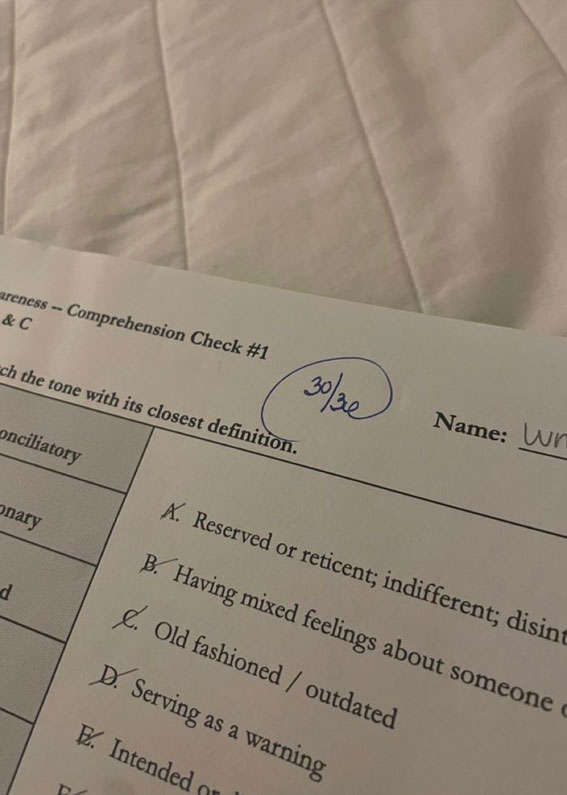
7. Role-Playing: Act out scenarios related to your studies. Role-playing can be particularly useful for subjects that involve interpersonal skills, such as psychology or communication.
8. Jigsaw Technique: Divide a complex topic into subtopics and assign each subtopic to a small group. Each group becomes an expert in their subtopic and shares their knowledge with the rest of the class.

9. Think-Pair-Share: Reflect on a question or topic individually, discuss it with a partner, and then share your thoughts with the larger group. This technique encourages active participation and diverse perspectives.
10. Simulation Games: Use simulation games or virtual labs related to your field of study. These games provide a practical, hands-on experience in a controlled environment.

11. Flipped Classroom: Review lecture materials before class, and use class time for discussions, problem-solving, and clarification of concepts. This approach encourages active engagement during class sessions.
12. Interactive Online Platforms: Utilize online platforms that offer interactive learning experiences. Many educational websites and apps incorporate games, quizzes, and simulations to make learning more engaging.

13. Debates: Participate in or organize debates on relevant topics. Debates encourage critical thinking, research, and the ability to articulate and defend your viewpoint.
14. In-Class Polls: Use polling tools to gather feedback and opinions from the class during lectures. This allows instructors to tailor discussions based on the collective understanding of the students.
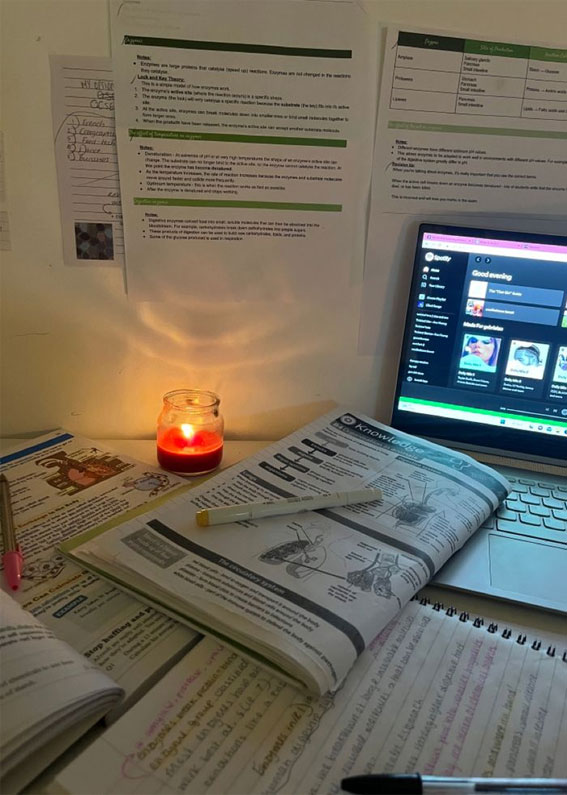
15. Field Trips or Guest Speakers: Attend field trips or invite guest speakers related to your course material. Real-world experiences and insights can enhance your understanding and provide practical applications.
When incorporating active learning techniques, it’s essential to choose methods that align with your learning style and the nature of the subject. Experiment with different techniques to discover what works best for you, and don’t hesitate to combine multiple strategies for a comprehensive and dynamic learning experience.
